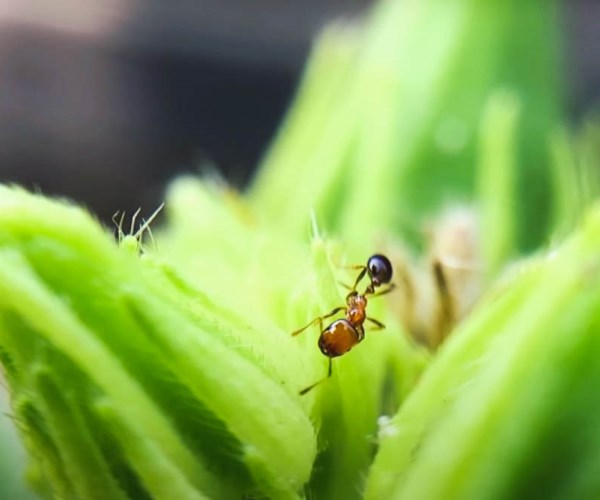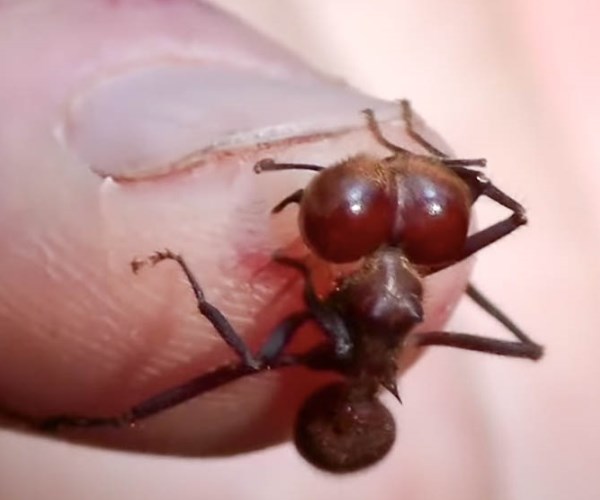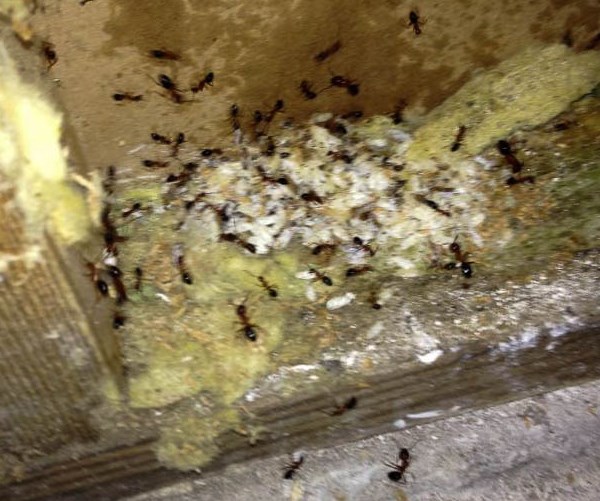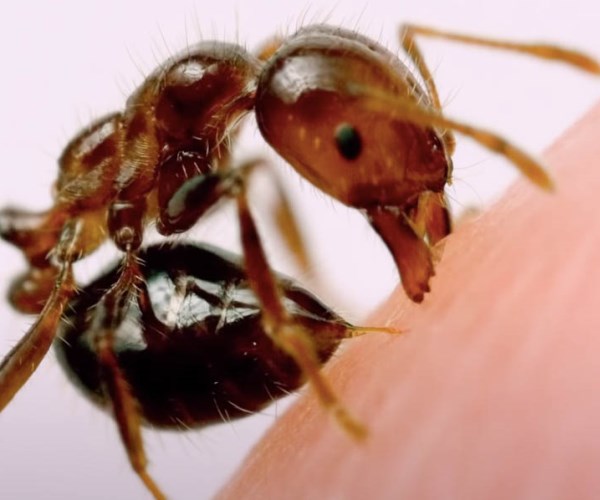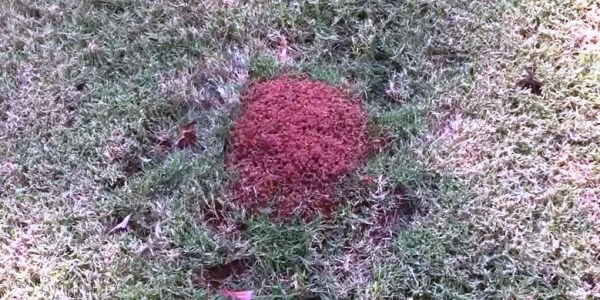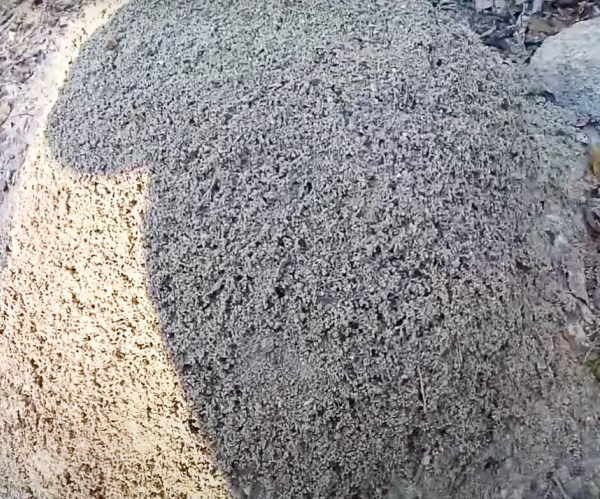Guide On Ant Mounds – Facts & Identification
Guide On Ant Mounds
Finding an ant mound nearby can be annoying. Not only does it worsen your home’s aesthetic, but it can also warn you of an impending ant infestation.
What’s an Ant Mound?
Ant mounds are usually big piles of dirt. They have a large hole going through the center and are a clear indication of an ant nest. These volcano-shaped structures are also known as anthills. They can be found on your lawn, in the middle of a jungle, or even hidden under a large rock.
While the mounds you’re familiar with are made of nothing but dirt, plenty of ant species spice up these mounds with pebbles, vegetation, or a number of other things. The mounds on your lawn are also on the smaller side of things, as many of the anthills found in nature can be up to ten feet tall.
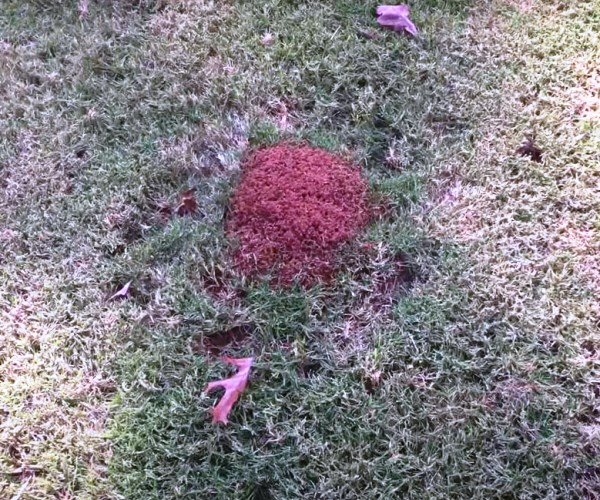
How are Ant Mounds Made?
Ant mounds get started when a group of ants starts digging through the dirt to make a new tunnel. As they dig, the soil starts moving to the surface and creates a tiny hill. The more the ants dig, the bigger the pile of dirt becomes. This ends up becoming a large mound by the time the nest is completed.
While ant mounds may start off as nothing but displaced dirt. Over time, ants take a closer interest in the mound and start shaping it to meet their needs. They might distribute them around or add some other items to improve its structural integrity. It then ends up becoming one of the most vital parts of their nest.
Do Ant Mounds Do Anything?
Ant mounds don’t look like much, but they’re crucial to a colony’s success. For starters, ant mounds provide ants with a way to enter and exit their home. It’s not just a single large hole. Instead, the mound is littered with tons of smaller tunnels that ants can open or close as needed.
The mound accomplishes all of that while still providing the nest with plenty of protection. For starters, the mound is waterproof. It’s built to survive rain and to prevent water from seeping into the nest and damaging everything. These mounds are also built to aid with temperature control. They help keep the nest cool during the summer months. They also prevent the cold from seeping into the nest when winter arrives.
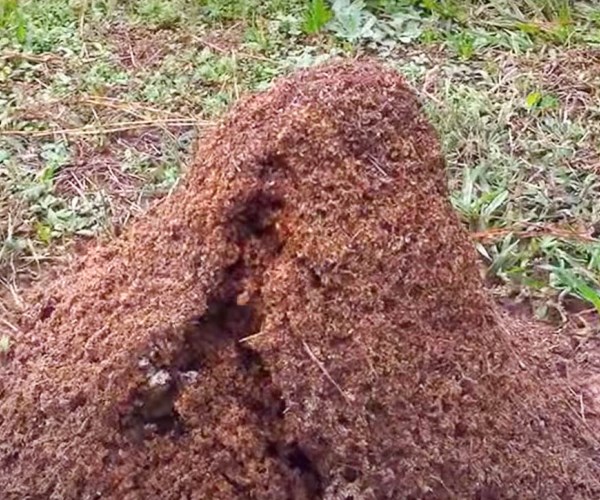
Finally, ant mounds also make it difficult for predators to harm the ants. So as you can see, these tiny structures are pretty incredible.

